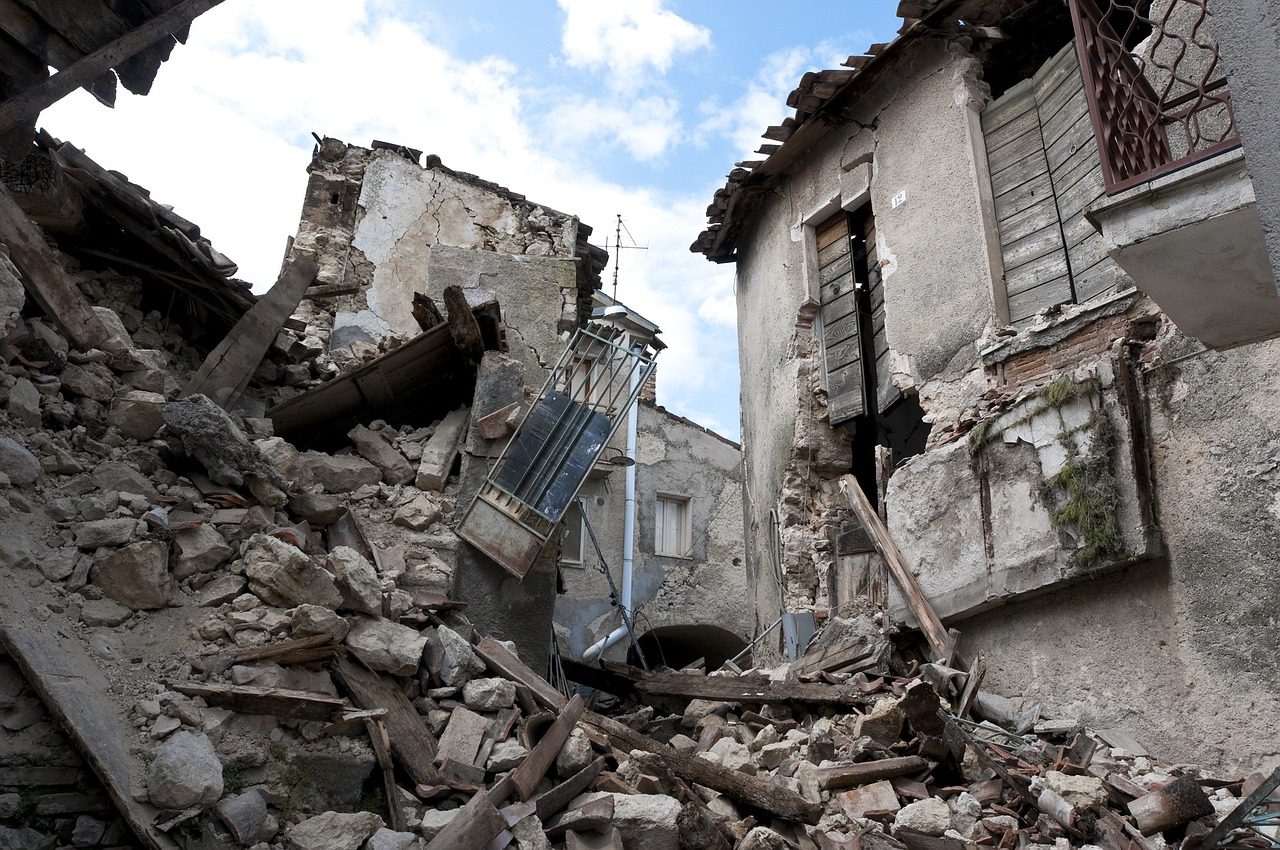🧭 Introduction
In May 2025, the Indian subcontinent witnessed a significant escalation in tensions between India and Pakistan, reminiscent of past confrontations but marked by new strategies and technologies. Central to this episode was Operation Sindoor, a meticulously planned Indian military operation targeting terrorist infrastructures within Pakistan. This blog delves into the genesis, execution, and ramifications of Operation Sindoor, offering insights into its impact on regional stability and international relations.
1. Background: The Pahalgam Attack and Rising Tensions
On April 22, 2025, a devastating terrorist attack in Pahalgam, Jammu and Kashmir, claimed the lives of 26 civilians, marking one of the deadliest assaults in recent years. India attributed the attack to Pakistan-based militant groups, specifically Jaish-e-Mohammed and Lashkar-e-Taiba. This incident reignited longstanding tensions between the two nations, leading to diplomatic expulsions, suspension of bilateral agreements like the Indus Waters Treaty, and heightened military alertness along the border.
2. Operation Sindoor: Objectives and Execution
In response to the Pahalgam attack, India launched Operation Sindoor on the night of May 6-7, 2025. The operation aimed to dismantle terrorist infrastructures within Pakistan and Pakistan-administered Kashmir. Key aspects of the operation included:
- Duration: 23 minutes of precision airstrikes.
- Targets: Nine locations, including Bahawalpur, Muridke, Gulpur, Bhimber, Chak Amru, Bagh, Kotli, Sialkot, and Muzaffarabad.
- Weaponry: Deployment of Rafale jets equipped with SCALP cruise missiles and AASM Hammer bombs.
- Outcomes: Destruction of multiple terrorist camps and elimination of over 100 militants, including close aides of Jaish-e-Mohammed chief Masood Azhar.
India emphasized that the strikes were precise, avoiding civilian casualties and Pakistani military installations
3. Pakistan’s Response: Operation Bunyan al-Marsoos
Following India’s Operation Sindoor, Pakistan initiated Operation Bunyan al-Marsoos on May 10, 2025. The operation targeted several Indian military bases, leading to:
- Exchange of heavy artillery fire along the Line of Control (LoC).
- Deployment of drones and missile strikes across Indian territories, including Amritsar.
- Claims of shooting down five Indian fighter jets.
Pakistan’s military asserted that their actions were in self-defense, condemning India’s strikes as violations of sovereignty.
4. Military Technologies and Strategies Employed
Both nations showcased advanced military capabilities during the conflict:
- India:
- Utilized indigenous defense systems like the Akash missile and Akashteer command system.
- Employed advanced platforms such as Pechora, OSA-AK, and LLAD guns.
- Successfully jammed Pakistani systems to diminish offensive capabilities.
- Pakistan:
- Deployed Chinese-made JF-17 fighter jets.
- Utilized drone technology for reconnaissance and targeted strikes.
The conflict marked the first drone battle between the two nuclear-armed nations, highlighting the evolving nature of modern warfare.
5. Casualties and Humanitarian Concerns
The brief yet intense conflict resulted in significant casualties on both sides:
- India:
- 21 civilians and 5 military personnel killed.
- Damage to civilian infrastructure, including schools and religious sites in Poonch district.
- Pakistan:
- Claims of 31 civilian deaths due to Indian airstrikes.
- Destruction of multiple terrorist camps and loss of key militant leaders.
Human rights organizations expressed concerns over civilian casualties and called for restraint from both nations.
6. International Reactions and Diplomatic Efforts
The international community closely monitored the escalating tensions:
- United Nations: Secretary-General António Guterres urged both nations to exercise military restraint and emphasized the importance of dialogue.
- United States: Called for de-escalation and offered to mediate peace talks.
- Other Nations: Countries like China, Saudi Arabia, and Turkey expressed concerns and encouraged peaceful resolution.
A ceasefire agreement was reached on May 10, 2025, with both nations agreeing to halt military operations and engage in diplomatic discussions.
7. Political Narratives and Domestic Implications
The conflict had significant political ramifications within both countries:
- India:
- Prime Minister Narendra Modi praised the armed forces for their precision and restraint.
- Emphasized India’s commitment to combating terrorism and protecting national sovereignty.
- Pakistan:
- Prime Minister Shehbaz Sharif declared a national victory, celebrating the armed forces’ response.
- Condemned India’s actions and called for international intervention.
Public opinion in both countries was deeply influenced, with nationalistic sentiments running high.
8. The Road Ahead: Prospects for Peace and Stability
While the ceasefire brought temporary relief, the underlying issues remain unresolved. For lasting peace:
- Dialogue: Both nations must engage in continuous diplomatic discussions to address core issues.
- Counterterrorism: Collaborative efforts are essential to dismantle terrorist networks operating in the region.
- Confidence-Building Measures: Initiatives like trade agreements, cultural exchanges, and people-to-people contact can foster mutual trust.
The international community’s role in facilitating and supporting these efforts is crucial for sustained peace.
9. FAQs on Operation Sindoor
Q1: What prompted Operation Sindoor?
The operation was launched in response to the Pahalgam terrorist attack on April 22, 2025, which India attributed to Pakistan-based militant groups.
Q2: Were there any civilian casualties during Operation Sindoor?
India maintained that the strikes were precise, targeting only terrorist infrastructures. However, Pakistan reported civilian casualties, a claim contested by India.
Q3: What was Pakistan’s response to Operation Sindoor?
Pakistan initiated Operation Bunyan al-Marsoos, targeting Indian military bases and leading to further escalations before a ceasefire was agreed upon.
Q4: Has the conflict been resolved?
A ceasefire was established on May 10, 2025, but long-term resolution requires ongoing diplomatic efforts and mutual trust-building.
🔚 Conclusion
Operation Sindoor underscores the fragile nature of India-Pakistan relations and the potential for rapid escalation. While military responses may offer short-term solutions, lasting peace hinges on sustained dialogue, mutual respect, and collaborative efforts to combat terrorism. The events of 2025 serve as a poignant reminder of the importance of diplomacy in navigating complex geopolitical landscapes. follow for more on such news on kalikablogs.
References
https://www.pib.gov.in/PressReleasePage.aspx?PRID=2128748
https://en.wikipedia.org/wiki/2025_India%E2%80%93Pakistan_conflict





I don’t think the title of your article matches the content lol. Just kidding, mainly because I had some doubts after reading the article.